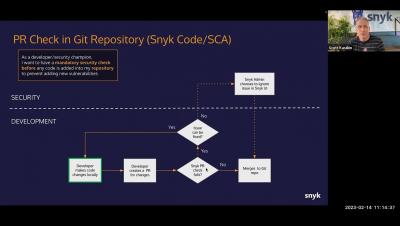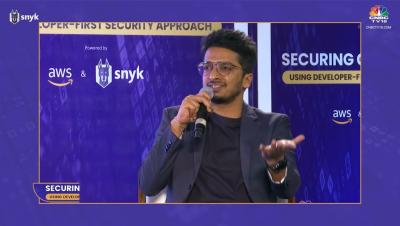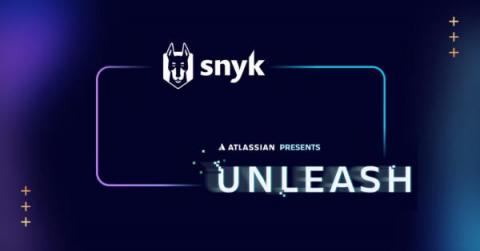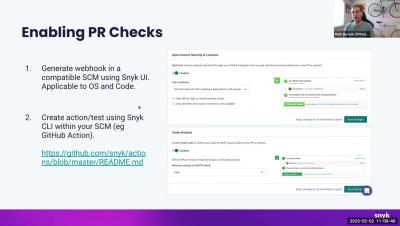Finding YAML Injection with Snyk Code
I conducted some research to try and identify YAML Injection issues in open-source projects using Snyk Code. Though the vulnerability itself is not a new one, the potential impact of YAML Injection is high, which made it a good candidate for research. This research led to the discovery of several issues in open-source projects written in Python, PHP and Ruby. This article focuses on the issue found in geokit-rails version 2.3.2, a plugin for Ruby on Rails





















